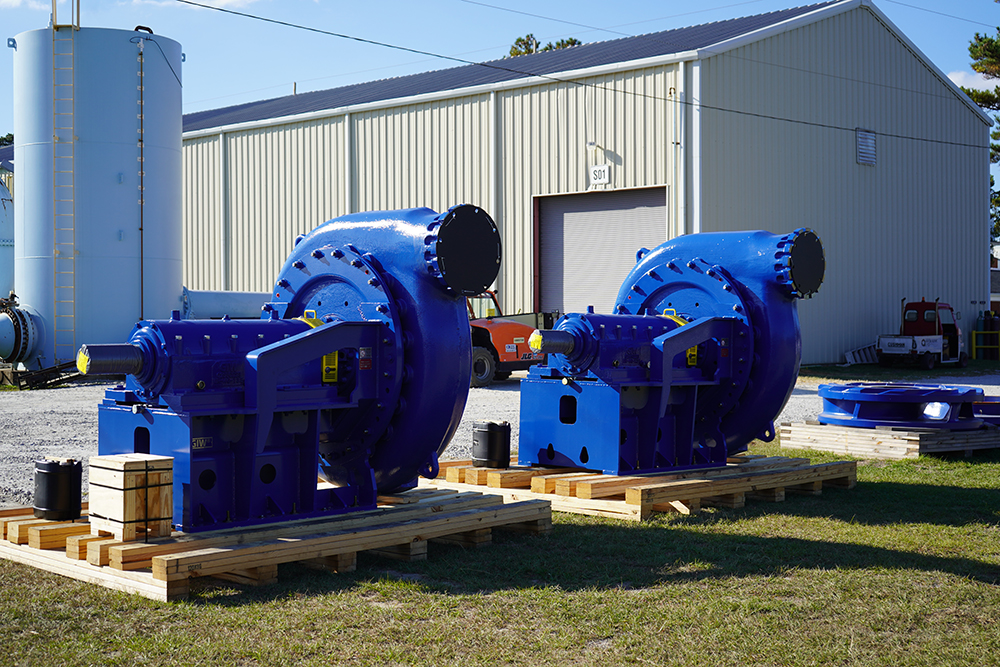Navigating Efficiency: Tips for Selecting the Perfect Slurry Pump

Selecting the right slurry pumps is a crucial decision for industries that deal with abrasive and corrosive fluids containing solid particles. Whether it’s mining, mineral processing, construction, or wastewater management, the performance of your operations heavily relies on choosing the most suitable slurry pump. In this article, we will provide you with essential tips to help you make an informed decision when selecting slurry pumps.
Understand Your Application Requirements
The first step in choosing the right slurry pump is to have a clear understanding of your specific application requirements. Consider factors such as the type of fluid being pumped, particle size, viscosity, and flow rate. Different applications have varying demands, and selecting a pump that matches your needs is critical for optimal performance.
Determine Pump Type and Design
There are various types of slurry pumps available, including centrifugal, diaphragm, and positive displacement pumps. Centrifugal pumps are the most common choice due to their efficiency and versatility. Within the centrifugal category, consider factors like single-stage or multi-stage configurations, and whether you need an open or closed impeller design based on the characteristics of your slurry.
Assess Material Compatibility
Since slurry pumps come into direct contact with abrasive and corrosive fluids, choosing the right materials for construction is vital. Different materials offer varying levels of resistance to wear and corrosion. Common materials include high-chrome alloys, rubber, and stainless steel. Make sure the chosen materials are compatible with the specific chemicals and solids in your slurry to ensure long-lasting performance.
Consider Pump Efficiency
Efficiency plays a significant role in both cost savings and environmental impact. Look for slurry pumps with high efficiency ratings to reduce energy consumption and operating costs. Manufacturers often provide efficiency data in pump curves, allowing you to compare the performance of different pumps under various conditions.
Evaluate Maintenance Requirements
Maintenance is an ongoing aspect of pump ownership. Choose a pump that aligns with your maintenance capabilities and resources. Some pumps require more frequent maintenance, while others offer longer intervals between servicing. Consider factors like ease of access to components, availability of spare parts, and the overall simplicity of maintenance procedures.
Factor in Total Cost of Ownership (TCO)
When selecting a slurry pump, don’t focus solely on the initial purchase price. Consider the total cost of ownership (TCO), which includes maintenance, energy consumption, spare parts, and potential downtime costs. A slightly higher initial investment in a more reliable and efficient pump can result in significant cost savings over its lifespan.
Seek Expert Advice
Choosing the right slurry pump can be complex, especially if you’re not well-versed in pump technology. Consult with pump manufacturers or experienced engineers who can provide valuable insights based on your specific application requirements. They can help you navigate technical specifications, recommend suitable pump options, and provide guidance on maintenance practices.
Review Performance Data
Before making a final decision, review performance data and customer feedback for the pumps you’re considering. Look for real-world testimonials from industries similar to yours to gain insights into how well the pumps perform in various applications. Performance data can give you a clearer picture of what to expect in terms of efficiency, reliability, and longevity.
Conclusion
Selecting the right slurry pump requires careful consideration of your application’s unique demands, material compatibility, efficiency, maintenance requirements, and total cost of ownership. By following these essential tips and seeking expert advice, you can make an informed decision that ensures optimal pump performance, cost savings, and operational efficiency. Remember that investing time and effort into selecting the perfect slurry pump can pay off in the long run by contributing to the success of your operations.






